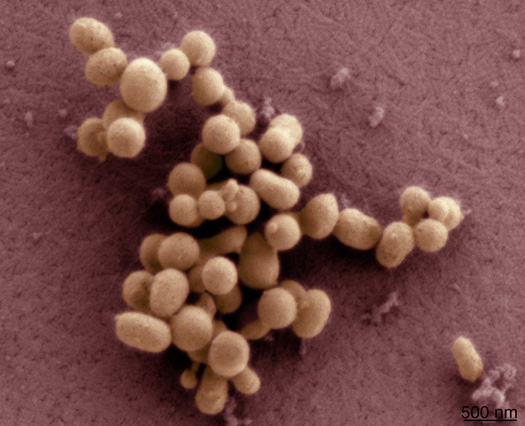Venter Institute’s Synthetic Cell Genome Contains Hidden Messages
When the J. Craig Venter Institute announced last week that it had created the first “synthetic cell,” whose genome had...

When the J. Craig Venter Institute announced last week that it had created the first “synthetic cell,” whose genome had been synthesized artificially one base pair at a time, Venter himself mentioned that the genetic code had been tagged throughout with watermarks that identify it as man-made rather than natural code. Now we’re hearing that those watermarks weren’t arbitrary. The code carries four hidden messages, little Easter eggs for genetics wonks to find and decipher.
This isn’t the first time Venter and company have played cheeky with genetic code. In 2008, researchers at JCVI used the four letters that identify the four bases in DNA — A, G, C, and T — to create a simple code based on codons, three-letter groups that code for amino acids. Using a different codon to represent one of 20 letters in the alphabet (not all letters are represented, so “v” is used interchangeably with “u,” etc.), the research team embedded their names in the genetic code as follows:
- CRAIGVENTER coded as:
TTAACTAGCTAATGTCGTGCAATTGGAGTAGAGAACACAGAACGATTAACTAGCTAA - VENTERINSTITVTE coded as:
TTAACTAGCTAAGTAGAAAACACCGAACGAATTAATTCTACGATTACCGTGACTGAG TTAACTAGCTAA - HAMSMITH coded as: TTAACTAGCTAACATGCAATGTCGATGATTACCCACTTAACTAGCTAA
- CINDIANDCLYDE coded as: TTAACTAGCTAATGCATAAACGACATCGCTAATGACTGTCTTTATGATGAATTAACTA GCTAATGGGTCGATGTTTGATGTTATGGAGCAGCAACGATGTTACGCAGCAGGGCAGT CGCCCTAAAACAAAGTTAAACATCATG
- GLASSANDCLYDE coded as:
TTAACTAGCTAAGGTCTAGCTAGTAGCGCGAATGACTGCCTATACGATGAG TTAACTAGCTAA
For their latest research coup, the team went a bit further, adding not only their names but three other hidden messages within the code. One is an explanation of the coding system itself. The code also includes a handful of famous quotes (“TO LIVE, TO ERR, TO FALL, TO TRIUMPH, TO RECREATE LIFE OUT OF LIFE” from James Joyce’s A Portrait of the Artist as a Young Man is just one of the appropriate selections) and a URL that ambitious genome geeks can decipher and visit as proof that they cracked the code.
See kids, science really is fun. But the watermarks aren’t just proof that geneticists possess a sense of whimsy, nor do they simply mark the DNA as artificial. They are a kind of certificate of authenticity that proves Venter and his team really did build their cell one painstaking base pair at a time, from the ground up.
And if, as some critics have suggested, tinkering with genomes someday unleashes an unimaginable plague upon the world, the watermarks also serve as a signature. Your name is on the product now, Venter. Don’t screw this one up.
For some added background on the watermarks as well as the synthetic cell project on the whole, check out the Science interview with Craig Venter below.